Rhinoplasty is a popular cosmetic procedure chosen by many to reshape the nasal structure. Beyond enhancing appearance, rhinoplasty can also boost self-confidence and bring greater harmony to the overall facial balance. Let Rhinoplasty Experience take a closer look at what rhinoplasty can and cannot correct, so you can make a more informed decision before undergoing the procedure.
Common concerns of clients seeking rhinoplasty
Rhinoplasty is among the most common cosmetic procedures today, yet not everyone feels ready to undergo surgical intervention right from the start. In reality, many people carry a number of concerns before deciding to have a nose job, such as:
Fear of pain, fear of surgery
Cosmetic procedures that involve surgical intervention are often a common concern for many people. However, you can rest assured that modern rhinoplasty techniques are performed under local anesthesia or, if needed, general anesthesia – ensuring you remain comfortable and pain-free throughout the procedure.
In addition, after the surgery your doctor will prescribe pain relievers and anti-inflammatory medication. You may experience some tightness or mild soreness, but these sensations usually subside gradually over time.
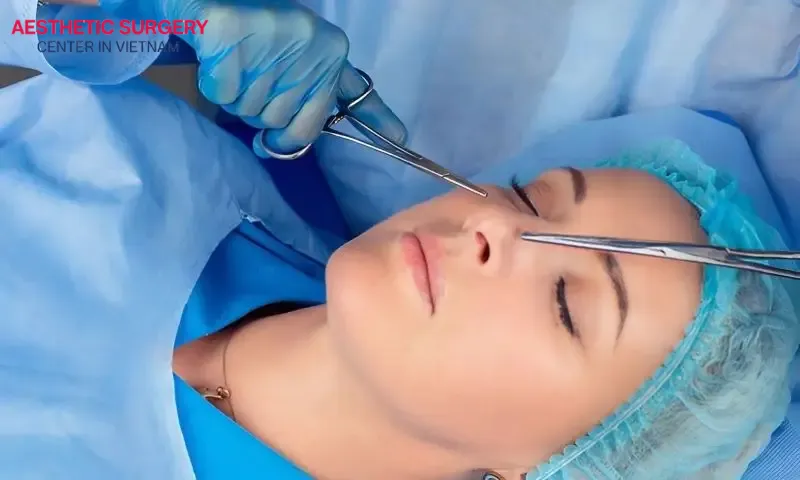
Results not as expected
Before deciding on rhinoplasty, many people worry about results not meeting their expectations, often because their hopes are set too high or differ from the natural structure of their nose. To avoid disappointment, you can review before-and-after photos of the surgeon’s previous cases. It is also important to clearly communicate your desired outcome, so the surgeon can recommend a nose shape that best suits your facial structure and select the appropriate implant material for the procedure.
Recovery time
After rhinoplasty, you will need around two weeks of rest to reduce swelling and have the splint removed. From the second week onward, you can gradually return to your normal routine, such as wearing makeup or resuming light work. However, it usually takes about 3 to 6 months for the nose to fully stabilize, and achieving the final, refined result may take up to a year after the procedure.
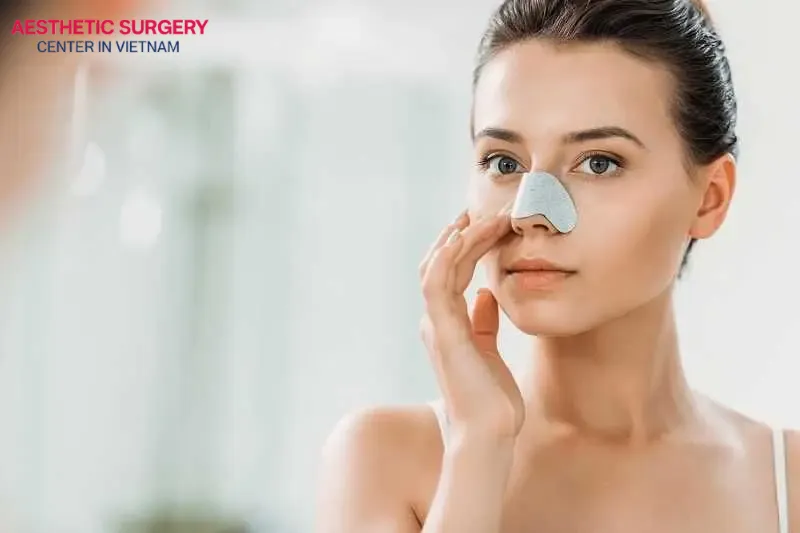
Cost
The cost of rhinoplasty today typically ranges from several million to tens of millions of VND, depending on factors such as the implant material, the surgeon’s technique, and the clinic where the procedure is performed. It is important to choose a facility with transparent pricing and to be cautious of unusually cheap offers, ensuring that your investment in beauty is both safe and worthwhile.
Risk of complications
Rhinoplasty is a common cosmetic procedure, but as it involves surgical intervention, there are unavoidable risks of complications such as infection, hematoma, swelling, or nasal asymmetry. However, these risks can be significantly minimized with proper preparation and by choosing the right surgeon and clinic:
- Choose a qualified surgeon with a valid medical license and years of experience performing hundreds of successful rhinoplasty procedures.
- Choose a licensed clinic equipped with modern medical facilities and a team of highly experienced surgeons.
- Post-operative care is also extremely important to prevent complications. You should take your medication on time and clean the surgical site properly to minimize the risk of infection.
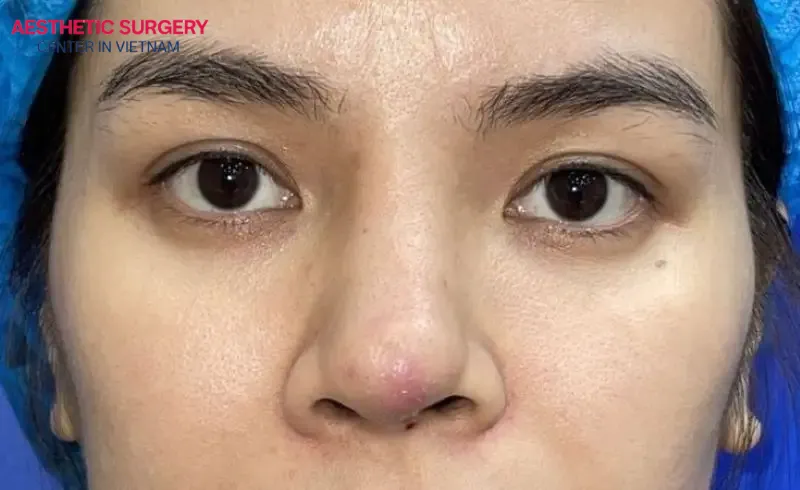
What rhinoplasty can and cannot fix?
Rhinoplasty is a procedure that directly modifies the nasal bridge, which may involve bone, cartilage, and soft tissue, to raise the bridge or refine the nasal tip. Depending on each individual’s needs and nasal condition, the surgeon can adjust areas such as the nostrils, the length, or the height of the nose to achieve better harmony with the overall facial features.
However, many people still wonder what rhinoplasty can and cannot improve. To give you a more complete and accurate perspective before deciding to enhance your nose, here are some specific insights you can explore:
What rhinoplasty can fix?
Below are some common concerns that rhinoplasty can effectively improve, both aesthetically and functionally:
Nose size
If you feel that your nose is too large or too small compared to your overall facial proportions, rhinoplasty can effectively address this concern. Based on your facial balance, the surgeon will advise whether to refine certain areas or add volume where needed. For example, a rounded nasal tip may be narrowed, while a low nasal bridge can be augmented to create more defined contours and bring greater harmony to the face.
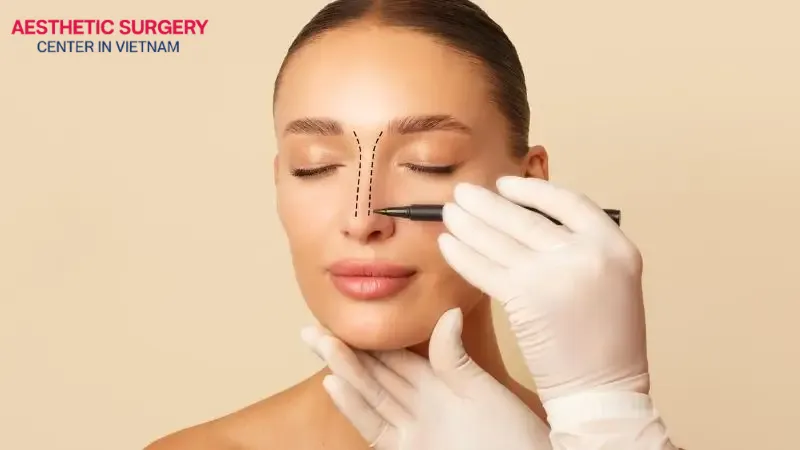
Nose shape
Common nose shapes such as a dorsal hump, crooked nose, flat nose, or upturned nose can all be improved through rhinoplasty. This procedure works by reshaping the nasal bridge, septal cartilage, or nasal tip to create a smoother and more balanced appearance.
Depending on each client’s preference, the surgeon can create an S-line nose shape with a soft, graceful curve, often favored by women for its elegance. In contrast, the L-line nose, which is straighter, higher, and more defined, is commonly chosen by men to maintain a masculine and strong appearance.
Proportions (Nasal angle correction)
Many people may already have a relatively good nose shape, yet still feel that their face lacks harmony and balance. This often comes down to the proportions of other facial features such as the forehead, chin, or cheekbones. For this reason, many choose rhinoplasty to adjust the height or angle of the nose, enhancing overall facial balance and creating a naturally attractive look. Having a nose with harmonious proportions can make your face appear more refined and elegant, even without any additional cosmetic procedures.
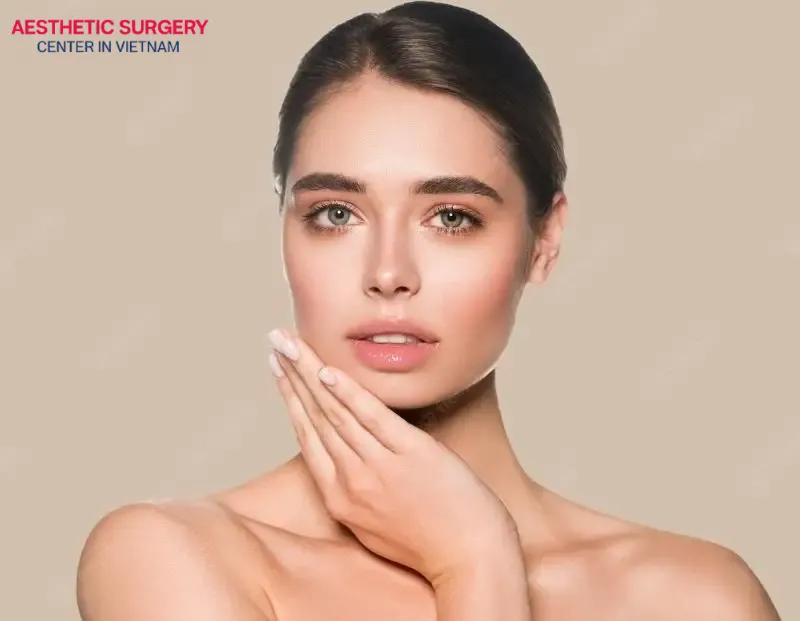
Dorsal hump
A dorsal hump is a condition where the nose appears with a noticeable bump or irregular curve along the bridge. It can occur in both men and women, creating an uneven or less refined look, and may be either congenital or the result of trauma.
Rhinoplasty can address this issue by shaving down the excess bone or cartilage that causes the hump, while also refining and smoothing the nasal bridge. This helps create softer, more delicate contours and brings greater harmony to the overall facial appearance.
In addition, rhinoplasty offers some lesser-known benefits that go beyond aesthetics, including the following:
- Breathing difficulties or nasal congestion: For individuals with a deviated septum or overly narrow nasal passages, breathing through the nose can be challenging, especially during sleep or physical activity. Rhinoplasty can help by widening the nasal airway, improving airflow, and allowing you to breathe more easily and comfortably every day.
- Sinusitis: When the nasal airway is more open, the sinus cavities are less likely to accumulate fluid, which is a major cause of chronic sinusitis. As a result, rhinoplasty may significantly reduce the frequency and severity of sinus infections in some individuals.
- Snoring: Many people don’t realize that snoring often originates from structural abnormalities inside the nose. When the airway is narrowed—due to a deviated septum, small nasal valves, or distorted nostrils-airflow becomes obstructed, producing disruptive snoring sounds at night. Rhinoplasty can be especially beneficial for individuals who snore heavily, experience poor sleep quality, or show mild symptoms of sleep apnea.
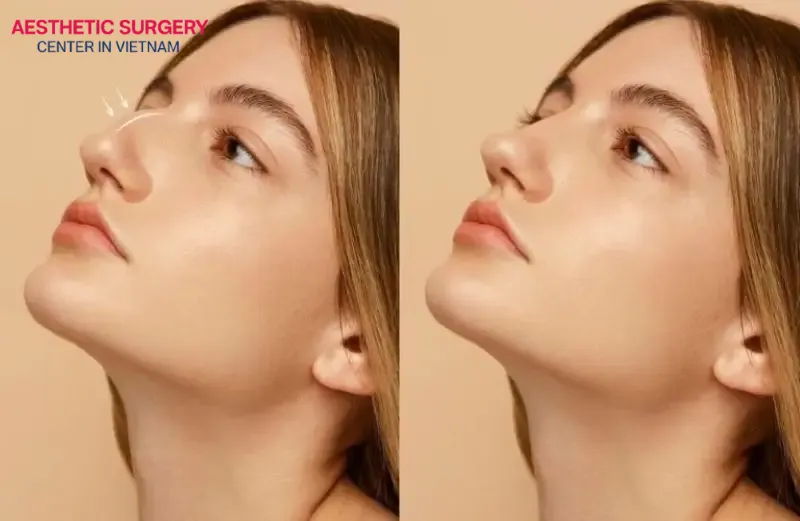
See more: How much does rhinoplasty cost in Vietnam?
What rhinoplasty cannot fix?
While rhinoplasty can significantly enhance your appearance, not every concern related to the nose or face can be addressed through this procedure. Below are some common limitations you should be aware of before deciding on rhinoplasty:
Breathing function
Many people mistakenly believe that rhinoplasty can help them breathe better. However, rhinoplasty is not a solution for respiratory problems. If you suffer from nasal congestion, a deviated septum, nasal polyps, or chronic sinusitis, conditions that fall under ENT specialty, you will need treatment from a qualified ENT specialist.
Improve skin condition
Rhinoplasty only reshapes the underlying nasal structure and cannot improve the skin on the surface of the nose. Therefore, if you have issues such as acne, scars, enlarged pores, or rough skin texture, rhinoplasty will not enhance the appearance of your skin.
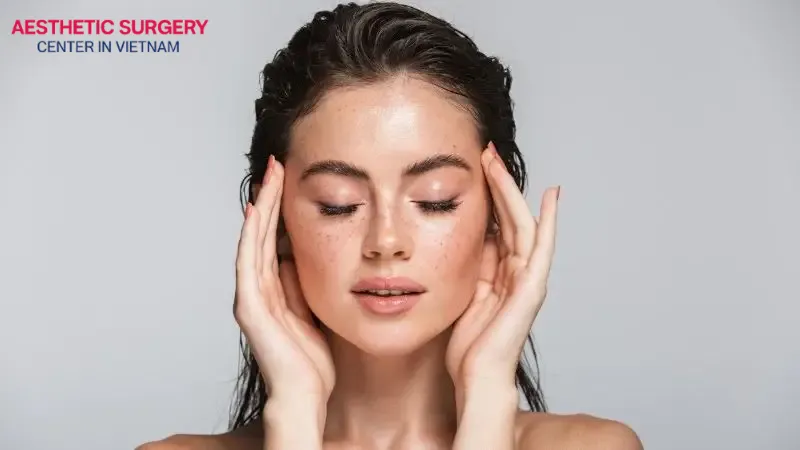
Overbite / Underbite
Many people feel that their face lacks harmony and consider rhinoplasty to reshape their facial appearance. However, rhinoplasty cannot correct other facial features such as an overbite, a receding chin, or a protruding/receding mouth. If these are the reasons for your dissatisfaction, you may want to consider alternative procedures such as orthodontic treatment, chin augmentation, or jaw contouring.
Skin aging process
Rhinoplasty can help you look younger, but it cannot prevent sagging skin or the formation of wrinkles. Skin aging is a natural process, and the nose will also be affected over time. Additionally, you may consider combining other procedures, such as dermal fillers, thread lifts, or facial lifting, to slow down the aging process.
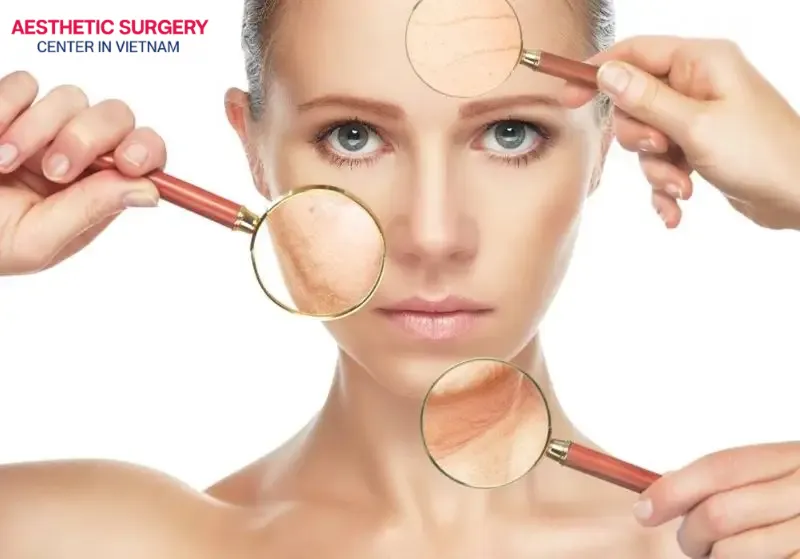
See more: Top nonsurgical rhinoplasty methods you should know
To Have or Not to Have a Nose Job?
Rhinoplasty is a popular cosmetic procedure that can improve a nose shape you are not satisfied with. If you feel your nasal bridge is low, your tip is too wide, or your nose is crooked or asymmetrical, rhinoplasty may be a suitable option to achieve the look you desire. However, to obtain the expected results, it is essential to be consulted by a highly skilled and experienced surgeon specializing in nasal surgery.
If you are still unsure and need a reliable consultation, you can contact the Aesthetics Surgery Center in Vietnam directly at hotline 0911 582 499. Their team of consultants is always ready to assist you and help you better understand the procedure, as well as find the option that best suits your needs.
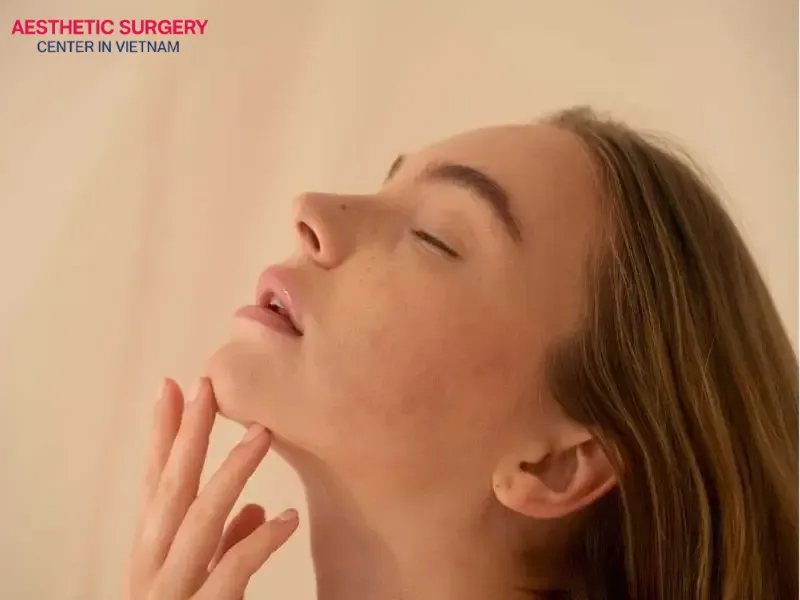
We hope this article helps you better understand what rhinoplasty can and cannot correct. Being aware of the benefits and limitations of this procedure will enable you to make a safe, informed, and suitable decision for yourself. Additionally, before starting your journey to enhance your nose, don’t forget to consult a qualified specialist to ensure every step of your cosmetic procedure is safe and reliable.




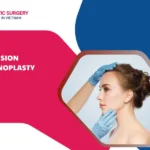


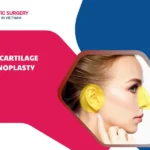
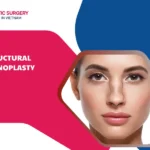


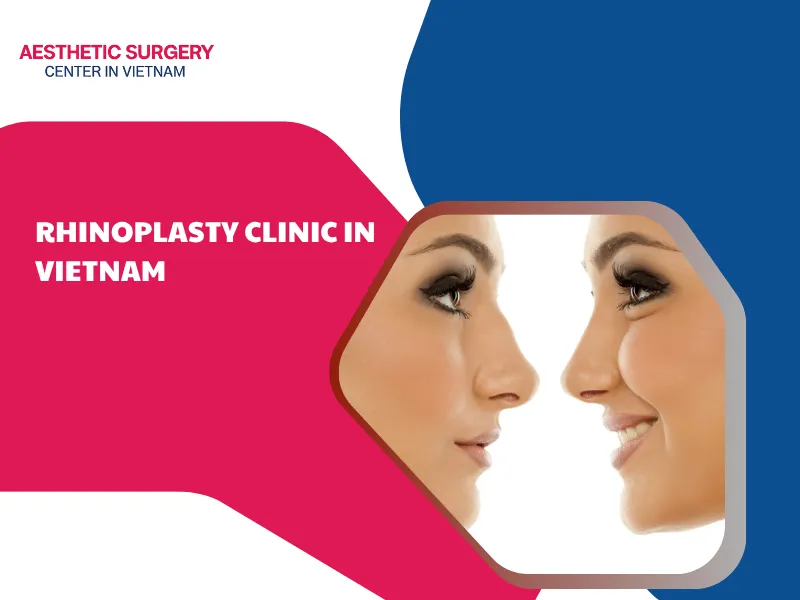
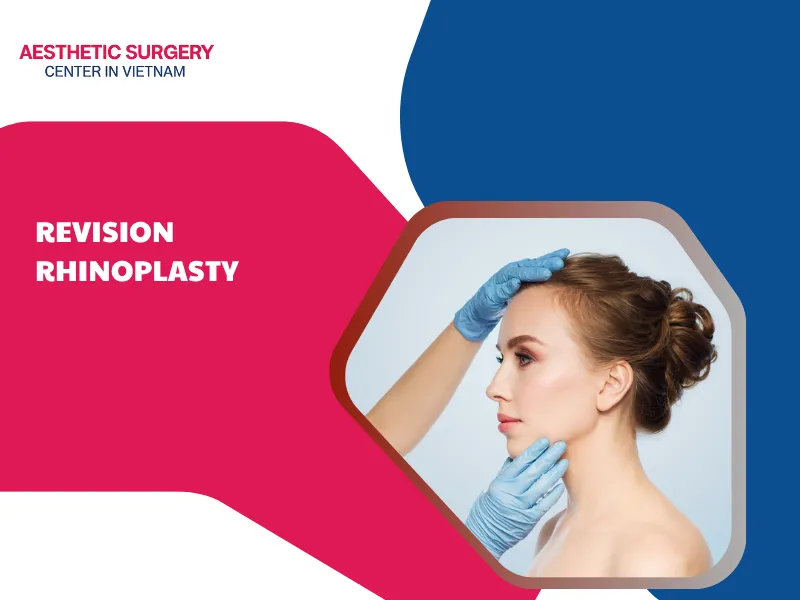
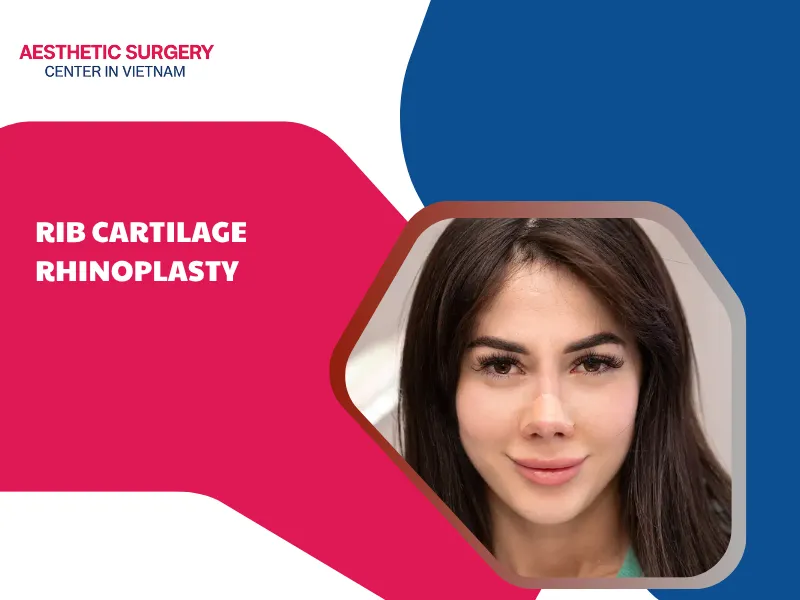
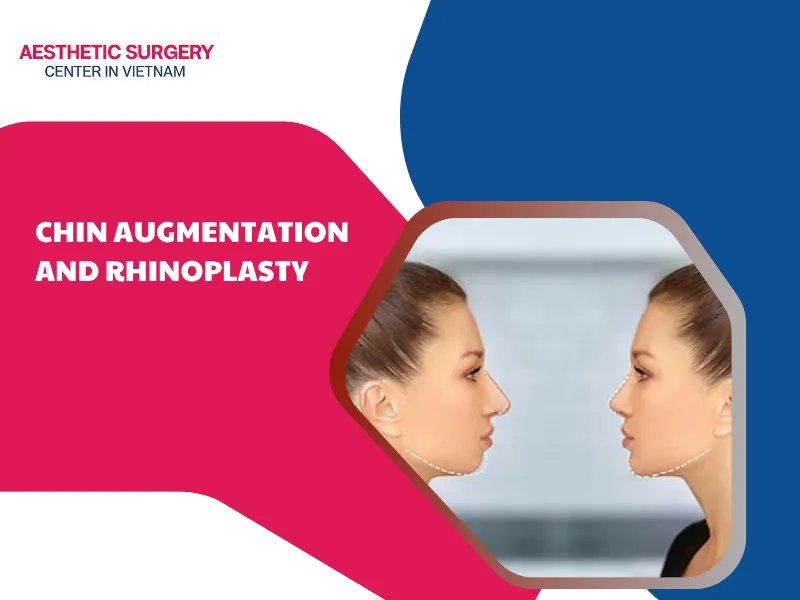
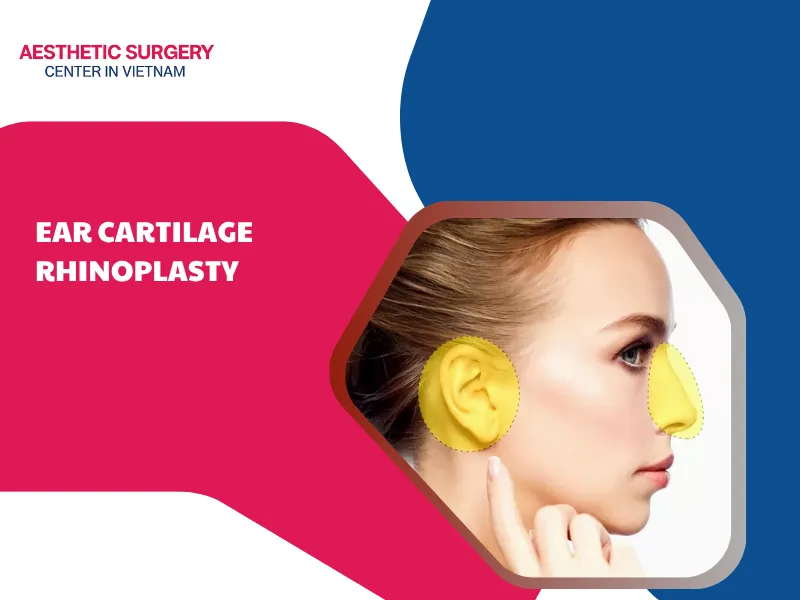




Comment on the post